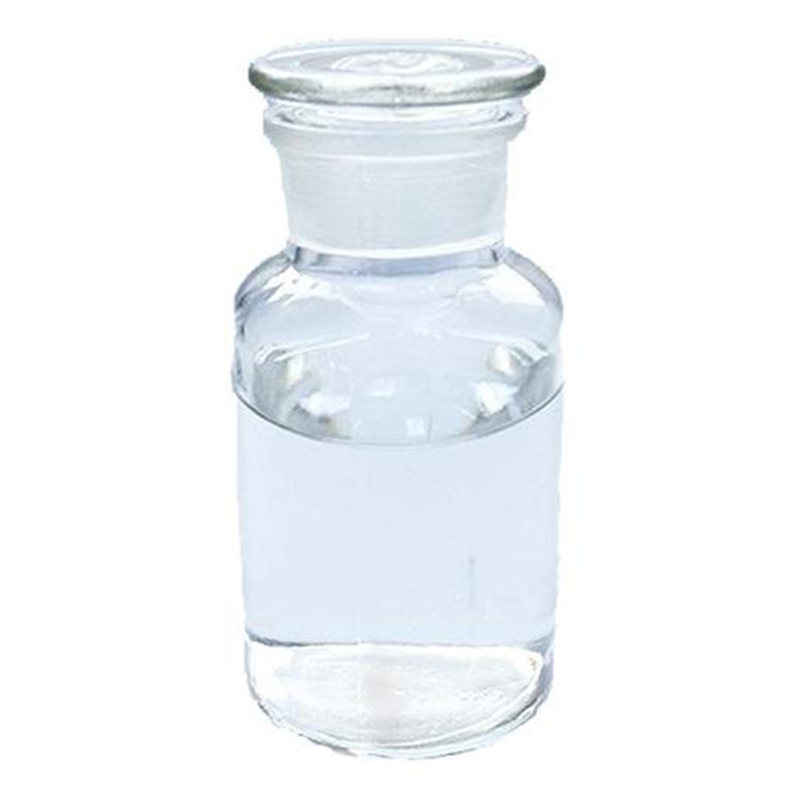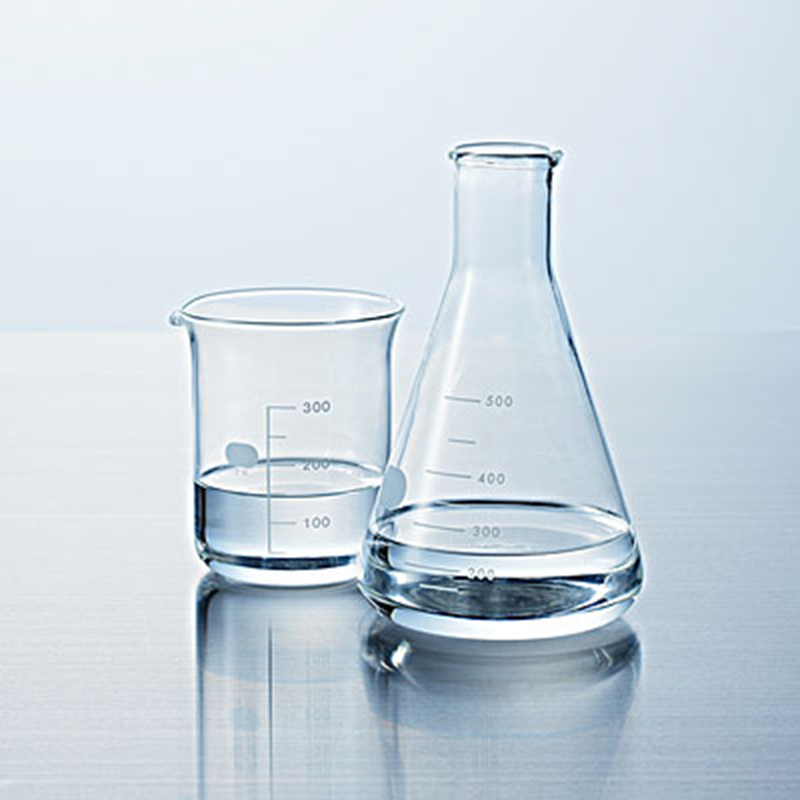
Methanol
Key words:
Methanol
Classification:
- Details
-
Methanol (CH3OH) is the simplest saturated monohydric alcohol, CAS number 67-56-1 or 170082-17-4. The molecular weight is 32.04. The boiling point is 64.7 ° C. Because it was first discovered in dry distilled wood, it is also called "wood alcohol" or "wood essence". The minimum dose of oral poisoning for humans is about 100mg/kg body weight, and oral intake of 0.3-1g/kg can cause death. It is used to manufacture formaldehyde and pesticides, and is used as an extractant for organic matter and a denaturant for alcohol. The finished product is usually prepared by the reaction of carbon monoxide and hydrogen.
Safety measures
Health hazard
Methanol is well known to the public and is toxic. Industrial alcohol contains about 4% methanol. If it is used by criminals as edible alcohol to make fake wine, after drinking it, methanol poisoning will occur. The lethal dose of methanol is about 70 ml. The toxicity of methanol has the greatest impact on the nervous system and blood system of the human body. It can produce toxic reactions when ingested through the digestive tract, respiratory tract or skin. Methanol vapor can damage people's respiratory mucosa and vision. At methanol production plants, relevant Chinese authorities stipulate that the concentration of methanol in the air is limited to PC-stel = 50mg/m3. PC-TWA = 25mg/m3. Work on site with methanol gas must wear a gas mask, factory wastewater can only be discharged after treatment, and the allowable content of methanol is less than 200mg/L.
The mechanism of methanol poisoning is that methanol is metabolized by the human body to produce formaldehyde and formic acid (commonly known as formic acid), which then causes harm to the human body. Common symptoms are the feeling of being drunk at first, and then a headache, nausea, vomiting, and blurred vision after a few hours. In severe cases, blindness and even death. Cause of blindness: Formic acid, a metabolite of methanol, accumulates in the eye area, destroying visual nerve cells. Brain nerves are also damaged, resulting in permanent damage. Formic acid enters the blood, making tissues more and more acidic, damaging the kidneys and causing kidney failure. Toxicity: It is of low toxicity.
Methanol has low toxicity to the human body because methanol oxidizes into formaldehyde and formic acid (formic acid), which are more toxic than methanol, in the human metabolism.
Initial symptoms of poisoning include rapid heartbeat, abdominal pain, vomiting (vomiting), diarrhea, loss of appetite, headache, dizziness, and general weakness. In severe cases, confusion and rapid breathing lead to failure. Blindness is the most typical symptom. After methanol enters the bloodstream, it will make the tissue acidic and produce acidosis, resulting in kidney failure. The most serious is death.
Hazard prevention and control
Poisoning symptoms
Physical hazards: anesthetic effect on the central nervous system; special selective effect on the optic nerve and retina, causing lesions; metabolic acidosis.
Acute poisoning: short-term inhalation of a large number of mild symptoms of upper eye respiratory tract irritation (oral gastrointestinal irritation symptoms); headache, dizziness, fatigue, dizziness, drunkenness, hazy consciousness, delirium, and even coma after a period of incubation. Optic nerve and retinopathy may have blurred vision, double vision, etc., and blindness in severe cases. In metabolic acidosis, carbon dioxide binding force decreases and breathing accelerates.
Chronic effects: neurasthenic syndrome, autonomic nerve dysfunction, mucosal irritation, vision loss, etc. Skin degreasing, dermatitis, etc.
First aid measures
Skin Contact: Remove contaminated clothing and rinse skin thoroughly with soapy water and water.
Eye contact: Lift the eyelids, rinse with running water or normal saline, and seek medical attention.
Inhalation: Quickly leave the scene to a place with fresh air. Keep the airway unobstructed. If breathing difficulties, give oxygen. If breathing stops, give artificial respiration immediately and seek medical attention.
Ingestion: Drink enough warm water, induce vomiting or lavage the stomach with water or 1% sodium thiosulfate solution, and seek medical attention.
Leak emergency treatment
Quickly evacuate personnel from the leak-contaminated area to a safe area, isolate them, strictly restrict access, and cut off fire sources. It is recommended that emergency personnel wear self-contained positive pressure respirators and anti-static work clothes, do not directly contact leaks, and cut off leakage sources as much as possible. Prevent inflow into restricted spaces such as sewers and flood ditches. Small leaks: Adsorb or absorb with sand or other non-combustible materials, or rinse with a lot of water, dilute the washing water and put it into the wastewater system. Large leaks: Build embankments or dig pits for containment, cover with foam, and reduce steam disasters. Transfer to a tanker or special collector with an explosion-proof pump, recycle or transport to a waste disposal site for disposal.
Emergency Overview
Liquid. Highly flammable, its vapors mix with air to form explosive mixtures. Toxic when swallowed. Toxic in contact with skin. Toxic by inhalation. Short-term exposure poses a risk of serious health damage.
Leave A Message
More Products





